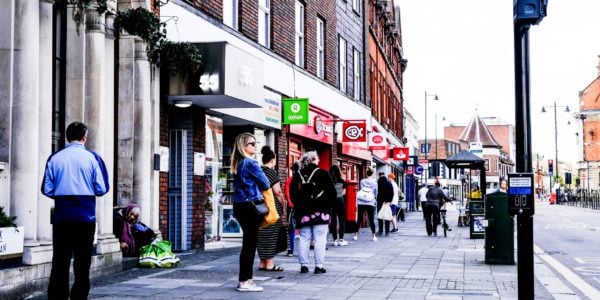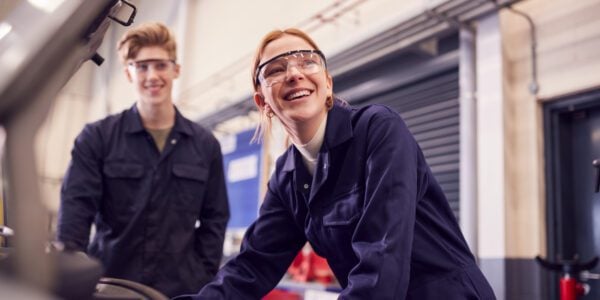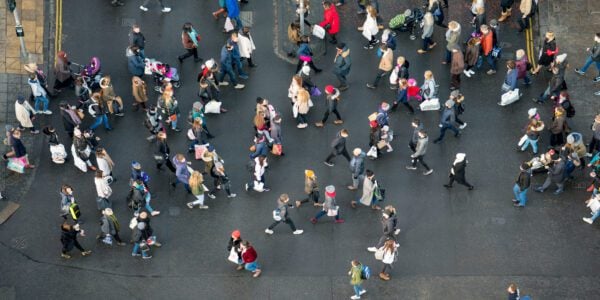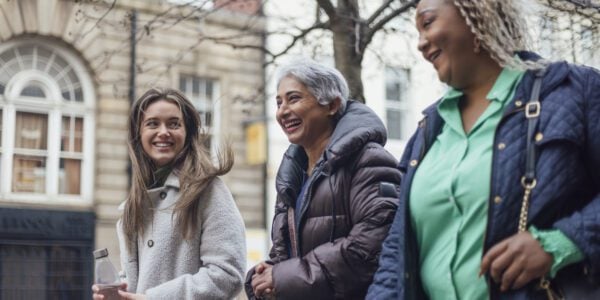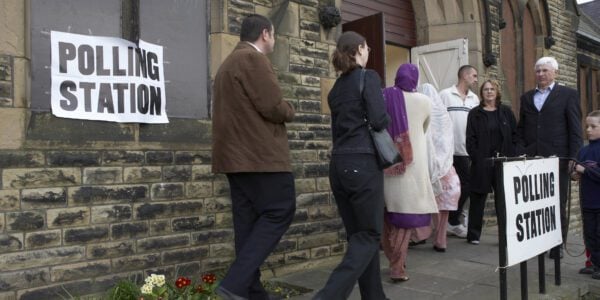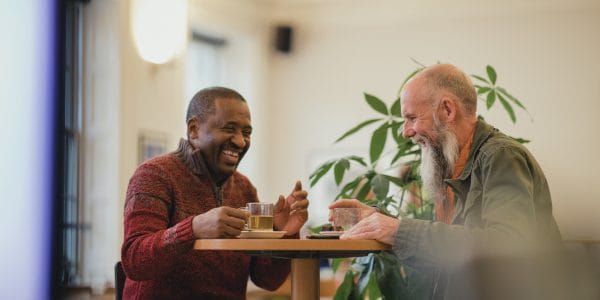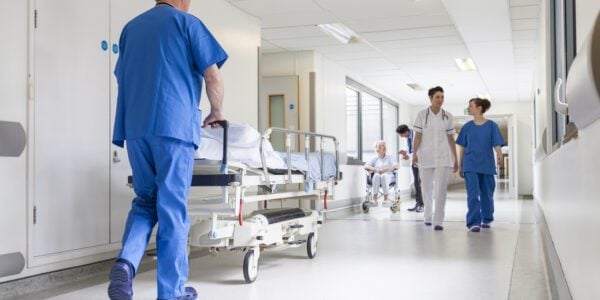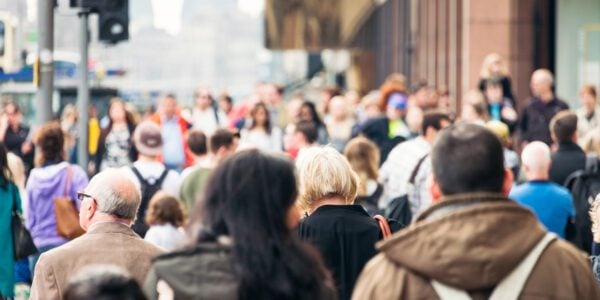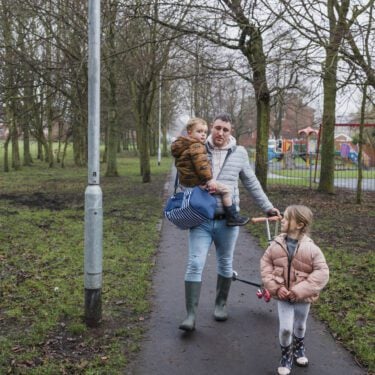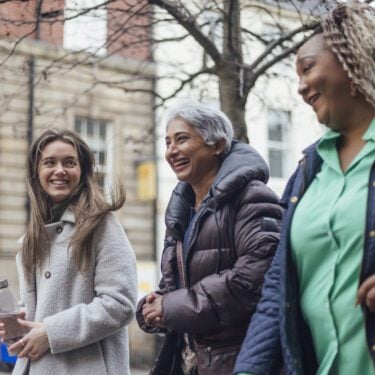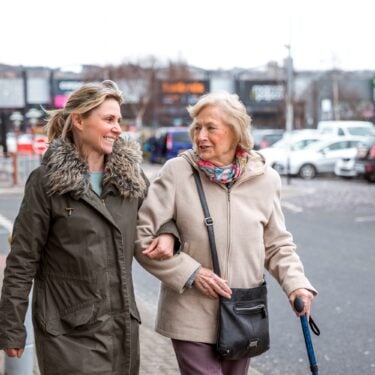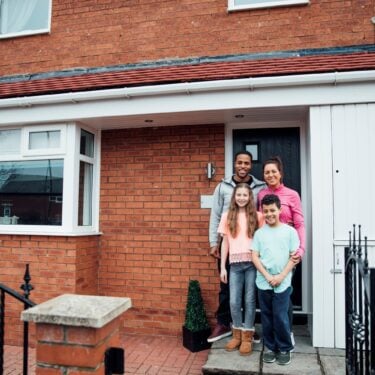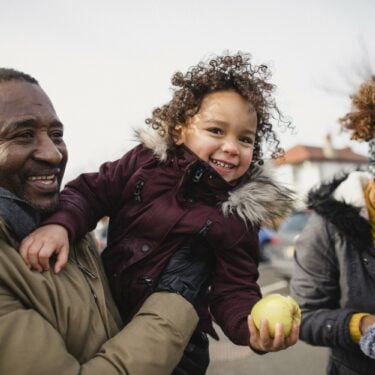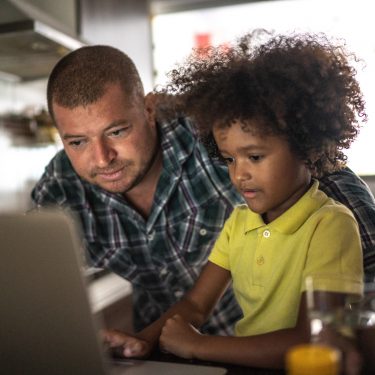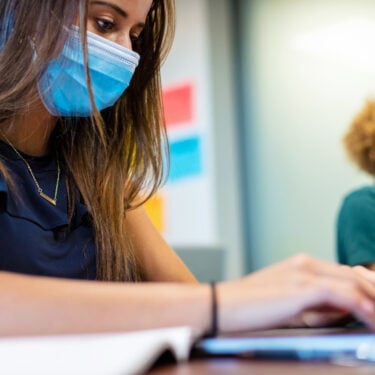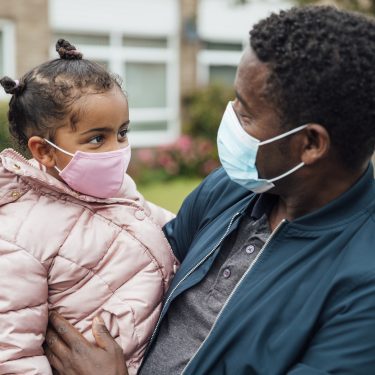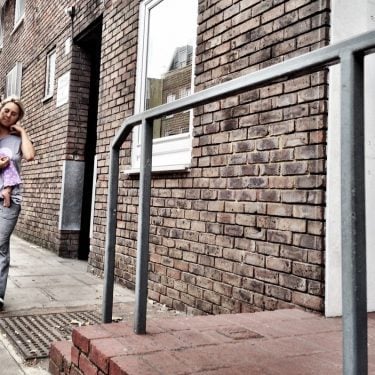
09/10/20
4 min read
In the wake of the pandemic, the government brought in a number of temporary increases to universal credit (UC) and other parts of the benefit system at a cost of £9 billion.
Combined with the effects of higher unemployment and lower earnings – which even under its optimistic scenario the Office for Budget Responsibility forecasts would add £17 billion to the benefits bill this year – 2020–21 could see spending on working-age benefits rise by £26 billion, leaving it a quarter higher than it was in 2019–20.
Even with the temporary increases to UC, the UK has one of the least generous out-of-work benefits systems for workers on average earnings in the OECD. A single childless worker on average earnings who lost her job would now receive 17% of her usual income in benefits, compared with an average of 20% in the rest of the OECD. The difference is much larger (17% versus 55%) if contributory benefits (where the generosity of benefits is linked to work history) are included, since these are a much bigger feature of most other countries’ welfare systems.
The key question now is how much of this £9 billion ‘temporary’ increase in benefits spending will be made permanent. Regardless of the decision made about the size of the system, the government should certainly take the opportunity to improve aspects of the working-age welfare system that were already ripe for reform before the crisis.
New research from the Institute for Fiscal Studies, available today as a pre-released chapter of the 2020 IFS Green Budget (produced in associated with Citi and with funding from the Nuffield Foundation), investigates the options that the government has when deciding whether to unwind these temporary expansions fully, adjust them, or make them permanent.
The research investigates three of the temporary benefit giveaways:
1. The £1,000 a year increase in the basic entitlement of universal credit
- This increase, worth around £20 a week for out-of-work claimants, is bigger than the total real-terms rise in benefits over the last 45 years for out-of-work childless claimants. Nonetheless, even with this increase, the UK’s system of support for out-of-work claimants would remain very thin by international standards.
- The increase is due to end in April 2021, which would see about 4 million families losing an average of 13% of their benefits overnight. But for some, the proportional fall will be much greater. For example, a childless, non-disabled, single owner-occupier with no other source of income would see a 21% decline in benefits.
- If the government instead chooses to make this increase permanent, it would add about 10% to the long-run cost of UC, though would undo at most two-thirds of the benefit cuts made since 2015, let alone those made during the coalition.
2. Increased housing benefits for low-income private renters
- Prior to the pandemic, a claimant’s maximum entitlement for housing support was – bizarrely – linked to rents in their area in 2011. This meant that families in some (now) high-rent areas were eligible for less support than otherwise-equivalent families in low-rent ones.
- In March 2020, the government re-established the link between housing benefit support and (current) local rents: housing benefits for a family with no other income now generally cover 30% of local privately rented properties. Current rents are clearly a more sensible basis for housing entitlements than 2011 rents, and the government should not return to the pre-COVID system.
- Making the expansion permanent would cost about £1 billion per year, with London renters gaining most. Alternatively, setting the maximum support level to cover 20% of properties would cost the same as the pre-COVID system in the short term, but would be fairer and less arbitrary.Either way, the government should commit to maintaining the link between housing support and local rents going forward, rather than simply resetting the clock this year.
3. More generous benefits for the self-employed
Prior to the pandemic, self-employed claimants of UC were subject to the ‘minimum income floor’ (MIF), where they were treated as if they were working full time at the minimum wage even if they in fact earned less. The MIF was temporarily suspended in the wake of the pandemic – and on current plans will return on Friday 13 November this year.
- The MIF affects around 450,000 low-income households. Permanently abolishing it would result in them gaining an average of £3,200 per year.It would thus cost the government around £1.4 billion a year.
- The MIF has sensible aims: combating fraud and avoiding subsidising non-viable self-employment.
- A common concern is that the MIF chokes off businesses that would later become profitable. But we find that, even before the introduction of the MIF, self-employed workers on means-tested benefits did not, on average, see significant increases in earnings over time.Around 64% of self-employed workers on benefits started out below the MIF; three years later, of those who remained self-employed, the same fraction still earned below the MIF.
- Nonetheless, the MIF’s design can be improved: at the moment, it penalises those with fluctuating or seasonal incomes, because it is applied based on monthly earnings. It is difficult to find a rationale for favouring self-employed people with stable earnings, so the government should strongly consider applying the MIF based on a 12-month rolling average of earnings.
Pascale Bourquin, a Research Economist at IFS and an author of the report, said: ‘The government significantly expanded the working-age benefit system in the wake of the pandemic. Even so, for many families out-of-work benefit levels remain very low by international standards. There may well be a case for a more generous benefit system, but not necessarily in the way in which increases were implemented at speed this year. A more serious review of the treatment of, for example, housing costs and of the self-employed is required. Simply reverting to the pre-COVID system would mean going back to a world where self-employed UC claimants are penalised for having incomes that fluctuate within the year, and where housing benefits are based on local rents from a decade ago.’
Tom Waters, a Senior Research Economist at IFS and an author of the report, said: ‘Even in its optimistic scenario, the OBR thinks that the hit to the labour market from the COVID crisis will increase benefit spending by £17 billion this year, and that’s before you account for the £9 billion of temporary welfare measures the government has brought in. Together this will take benefit spending to easily its highest level on record. Just allowing these temporary giveaways to expire would certainly go some way to cutting this figure, but would mean significant declines in income for the millions of affected families.’
As the full extent of COVID-19 became apparent in the spring, the government made some necessarily rapid changes to working age benefit policy, which have played a vital role in helping to support millions of families through the first six months of the economic crisis. As the economic fallout continues, the government now needs to make longer-term decisions about how best to provide sustainable support for those who have lost their livelihoods as a result of the pandemic. The IFS Green Budget provides options for how that might be done in a way that also addresses elements of unfairness in the pre-COVID social security system.”Mark Franks, Director of Welfare at the Nuffield Foundation
Read more about the IFS Green Budget

